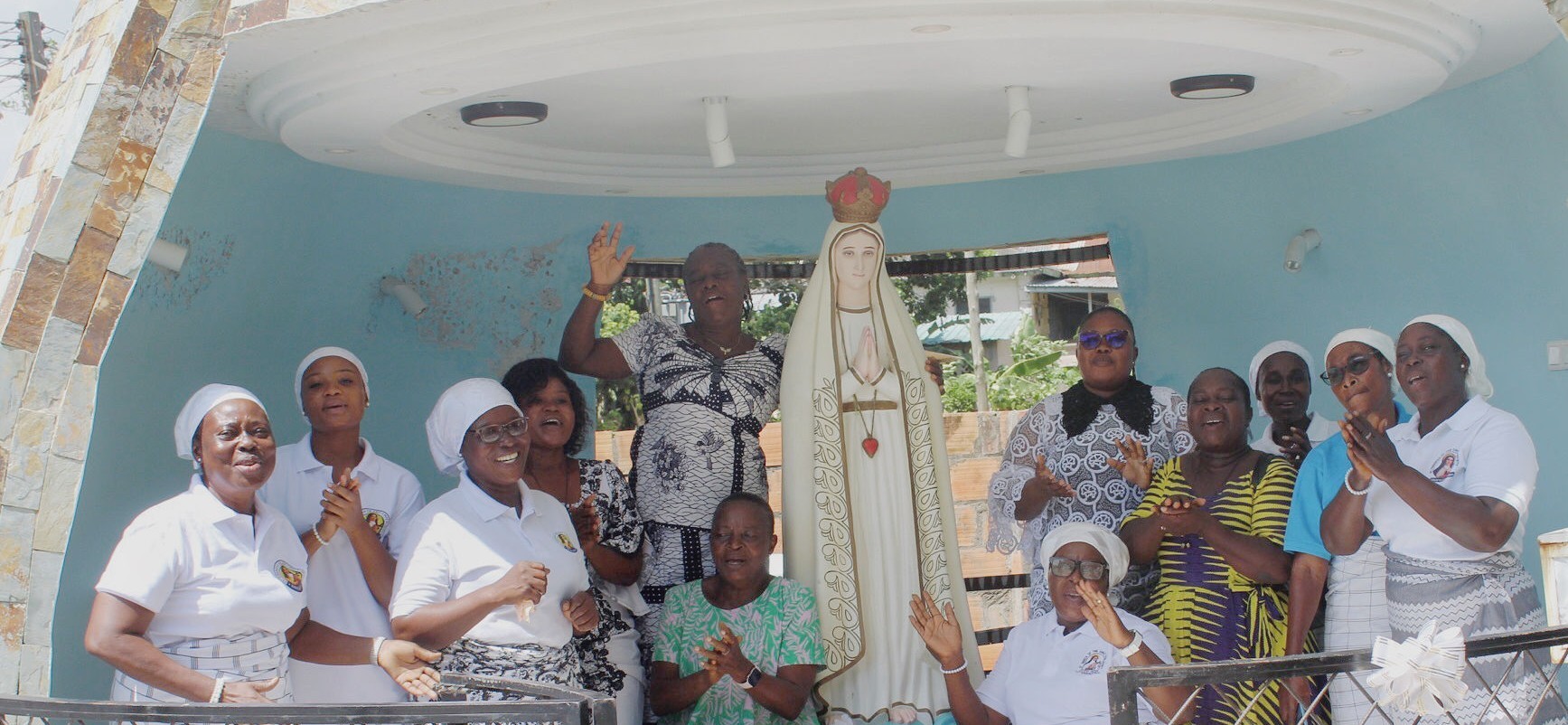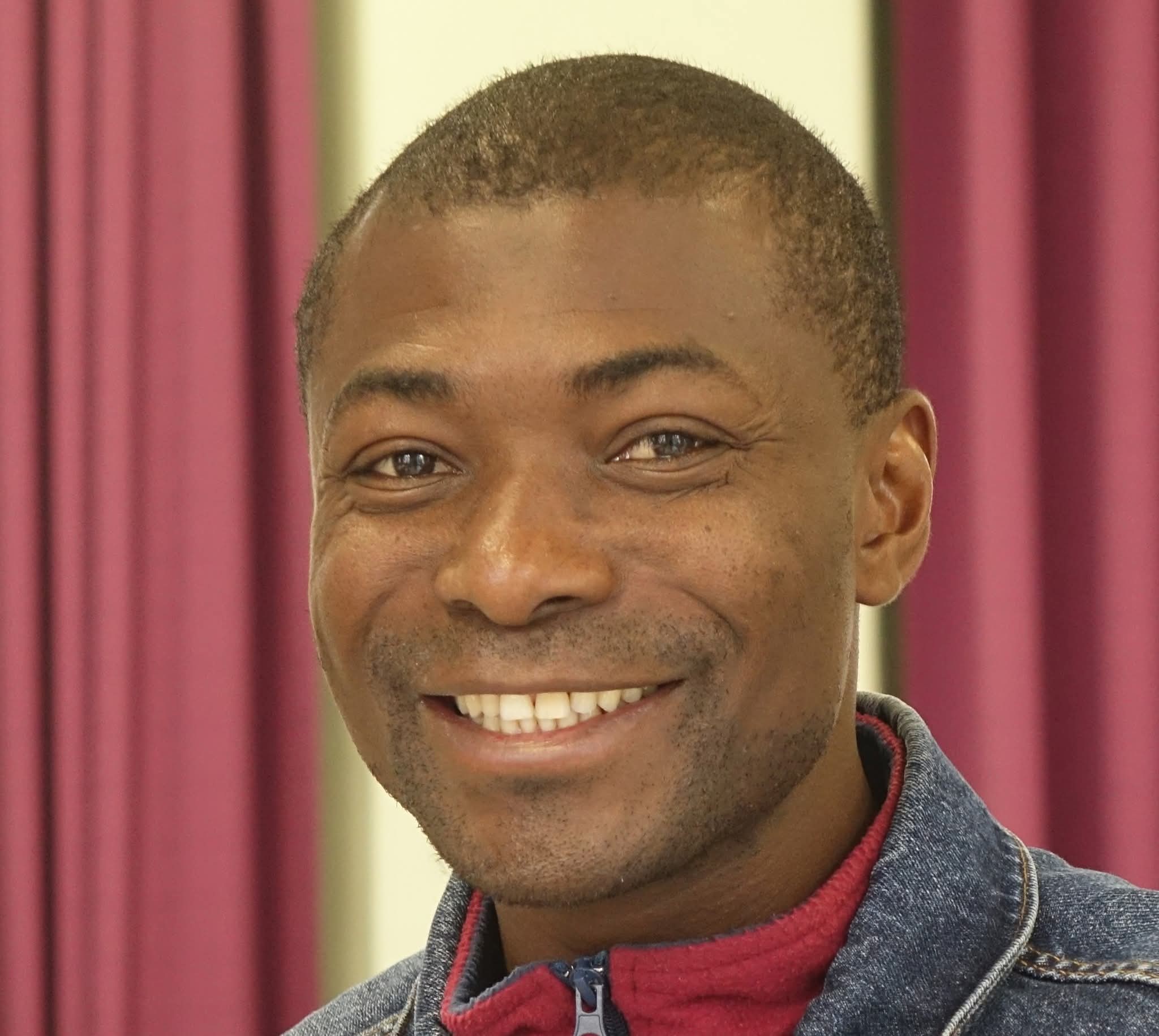Across Africa, devotion to the Blessed Virgin Mary flourishes with remarkable vitality. She is revered as a mother, a companion in life’s struggles, and an intercessor who never abandons her children. Her presence graces family homes, parish grottos, and even roadside shrines, signs of faith deeply woven into African life and spirituality.
However, such heartfelt Marian devotion may at times express itself in ways that risk obscuring its Christ-centred meaning. There are situations where practices meant to honour Mary end up dimming the primacy of her Son. For instance, when some faithful remain at the grotto praying the rosary while Mass is going on, persuaded that Mary’s intercession is more immediate than participation in the Sacrifice of her Son. Others, in moments of gratitude, even say half-jokingly, “What Mary has done for me, Jesus has not done!” Such expressions, though born of affection, reveal a certain confusion about her true role in the mystery of salvation.
The Church’s recent document, Mater Populi Fidelis, issued by the Dicastery for the Doctrine of the Faith, responds clearly to such concerns.
In this new doctrinal note, the Dicastery both reaffirms the Blessed Mother’s traditional titles: Mother of God, Blessed Virgin Mary, Immaculate, and our spiritual mother who intercedes for all the faithful; and discourages the use of two titles, “Co-Redemptrix” and “Mediatrix of all Graces” which could blur Christ’s unique role in our salvation.
Regarding the title “Mediatrix of all Graces,” the document explains:
“No human person — not even the Apostles or the Blessed Virgin — can act as a universal dispenser of grace. Only God can bestow grace, and he does so through the humanity of Christ since “the man Christ possessed supreme fullness of grace, as being the only-begotten of the Father.” Although the Blessed Virgin Mary is preeminently “full of grace” and “Mother of God,” she, like us, is an adopted daughter of the Father and, as Dante Alighieri writes, “daughter of your Son.” She cooperates in the economy of salvation by a derived and subordinate participation. Therefore, any expression about her “mediation” in grace must be understood as a distant analogy to Christ and his unique mediation.” (Mater Populi Fidelis, §53)
Similarly, the title “Co-Redemptrix”, though historically emerging in the fifteenth century to honor Mary’s sorrows at Calvary, is also discouraged. Some popes, including Pius XI and St John Paul II, used it poetically to express her profound union with Christ’s Passion. Yet the Church, while deeply venerating her unique cooperation in salvation, has always refrained from defining this title dogmatically.
Indeed, in 1996, the then Cardinal Joseph Ratzinger rejected a petition to make “Co-Redemptrix” and “Mediatrix of all Graces” formal Marian dogmas. As he later explained, such titles risk misunderstanding and “departs to too great an extent from the language of Scripture and of the Fathers” (§ 19).
Mater Populi Fidelis affirms this same teaching:
“Given the necessity of explaining Mary’s subordinate role to Christ in the work of Redemption, it would not be appropriate to use the title “Co-redemptrix” to define Mary’s cooperation.” (§ 22) The title ‘Co-Redemptrix’ carries the risk of eclipsing the exclusive role of Jesus Christ in salvation.(§ 22) “Everything comes from Him [Christ].” (§ 19)
Hence, the Church insists that Jesus Christ alone is Redeemer; Mary’s cooperation, though real and profound, is entirely subordinate and dependent on Him. “Christ’s redemptive work was perfect and needs no addition … there is only one Redeemer … there are no co-redeemers with Christ.” (§ 21)
In the African context, where motherhood, mediation, and communal solidarity are deeply cherished, Mary’s maternal role naturally speaks to the soul. She mirrors the compassion of the mother who suffers with her children, the endurance of the woman who carries the burdens of the family, and the intercession of one who never ceases to plead for her own. In her, “African” Catholics recognize the image of every mother who listens, comforts, and stands firm in hope.
And it is precisely in this experience of maternal love that Mary fulfills her deepest mission, to draw her children closer to her Son. Her own words, “My soul magnifies the Lord,” remind us that every authentic act of devotion to her leads us back to Christ. Every rosary prayed and every hymn sung in her honor should ultimately draw the faithful nearer to the Eucharist, the very heart of our faith, where the Redeemer Himself is truly present.
In this spirit, the Church therefore encourages Marian devotion (§ 80). It doesn’t seek to make it smaller or weaker, but rather to purify and orient it rightly, making it truer and more Christ-centred, keeping Mary in her proper, beautiful place as the one who always leads us to her Son.
So, for Catholics in Africa and all over, this teaching is not a rebuke but an invitation; an invitation to love Mary more deeply and more truthfully, as the Mother who leads her children unfailingly to Jesus. Her greatness lies not in competing with Him but in pointing to Him.
In following her, the Church “in Africa” learns again to center its joy, its suffering, and its hope on Christ alone, the one Redeemer who has conquered sin and death forever.
Brice Ulrich AFFERI






Leave a Reply